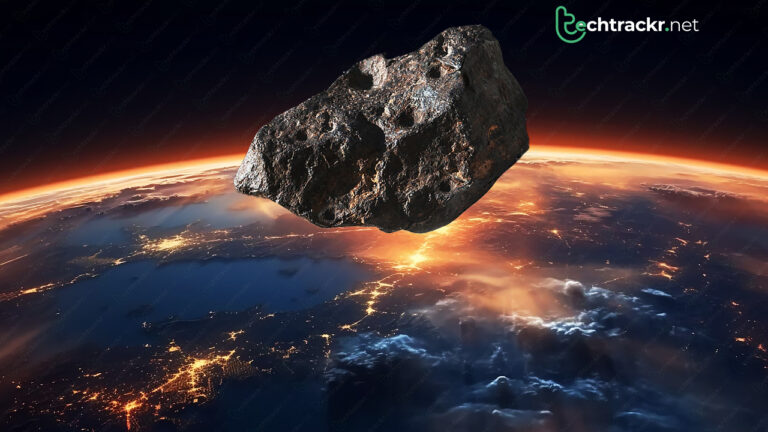
One reason why asteroid mining is so hot among industrial folks is that these space rocks pack a massive stash of heavy elements. NASA’s Psyche spacecraft just took off this week, zooming toward an asteroid that’s loaded with rare-earth elements and other heavy metals, worth an estimated ten to thirty quintillion U.S. dollars.
Back when our planet was taking shape, the heavier elements tended to plunge deep into the Earth, making them a tricky find. Yet, even in petite asteroids, these heavy elements could be way more abundant and easier to get to. Given that we heavily rely on these rare-earth elements for our modern way of life, checking out metal-rich asteroids like Psyche seems like a no-brainer.
Also Read: Asteroid Apophis is hurtling towards Earth, should we be worried?
Astroids could have ultra-heavy metals
But there’s a group who believe that certain asteroids could hold an even more significant prize: ultra-heavy elements. We’re talking about elements that go way beyond Uranium on the good old periodic table.
Supposing they’re out there, these elements would be so heavy that they would’ve swiftly sunk down to the Earth’s core during its early days, which is why they’ve never been dug up here. It’d be a mind-blowing find if they turn out to be real, but it could also just be the unobtanium of sci-fi tales.
The concept of ultra-heavy elements originates from theoretical models of massive atomic nuclei. Elements past iron (with atomic number z=26) aren’t created through fusion in the hearts of stars but instead through massive occurrences like supernovae and the clashing of neutron stars.
That covers all the good stuff like silver, gold, tin, and lead. Everything up to uranium, which has an atomic number of 92. Elements past uranium might exist naturally, but we’ve never come across them in the wild. This is partly because, for elements past lead, only thorium (z=90) has a stable isotope. Uranium hangs in there for a few billion years, plutonium (z=94) lasts around 80 million years, and americium (z=95) only sticks around for 7,000 years.
Is the Island of Stability real?
After that, these elements have half-lives that last just a few days at most, often merely seconds or milliseconds. The really hefty nuclei just aren’t radioactively stable, so even if they show up naturally, they don’t chill out in asteroids for billions of years.
However, crunching the numbers on massive nuclei in theory suggests that way past uranium, roughly around z=114, there might be a sweet spot of stable elements. These would boast a “magic number” of protons and neutrons, perfectly filling nuclear shells and making them exceptionally stable.
The concept of the island of stability isn’t up for debate, but most nuclear experts reckon that the inhabitants of this island will stick around for no more than a century. However, some argue they could have half-lives similar to uranium, lasting up to a billion years. If that’s true, then elements like flerovium could be hanging out in those asteroids.
Funny enough, there’s some evidence for superheavy elements in bits of meteorites. Back in 2019, a study checked out cosmic ray tracks in pieces of meteoric olivine and spotted three tracks hinting at their origins being superheavy elements with a half-life of a few decades.
Also Read: Can you bypass ChatGPT restrictions and get an unfiltered AI chatbot?
New study makes startling revelations
Other research also points to signs of the island of stability, but nothing that lasts for billions of years. And now we come to a fresh study that’s been causing a stir in the news. The authors spend most of the paper discussing how superheavy and ultra-dense elements in the island of stability could potentially come about naturally without relying on dark matter.
That’s pretty intriguing on its own, but what’s even more out there is that the authors suggest the asteroid 33 Polyhymnia as a probable origin for these elements, which is quite a bold statement.
Polyhymnia hasn’t been extensively researched, but back in a 2012 paper, its mass was estimated at 6 x 10^18 kg. Considering the asteroid’s size is just 50 kilometers across, the calculated density would be 75 g/cm^3, which is so off the charts that even the author of the paper sees it as not very reliable.
While later observations haven’t confirmed the findings, this new study points out that the result might hold true because the asteroid could indeed contain superheavy elements.
To call that argument weak is an understatement. While the idea of the island of stability could hold water, and elements beyond uranium might occur naturally, there’s zero proof that they’re lurking in asteroids.
